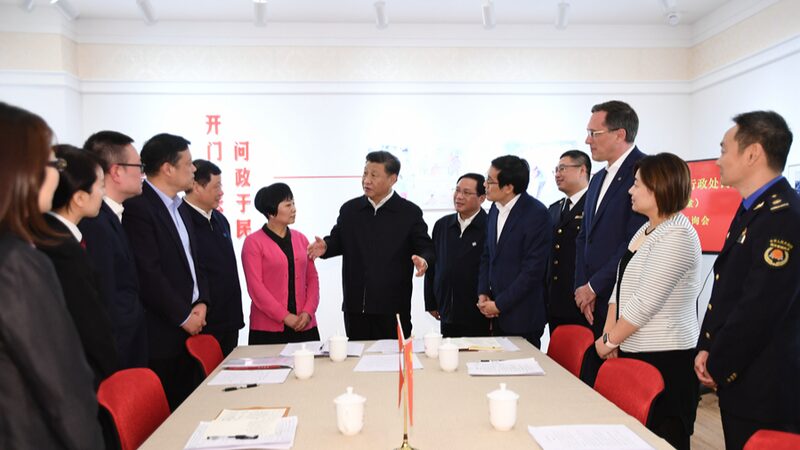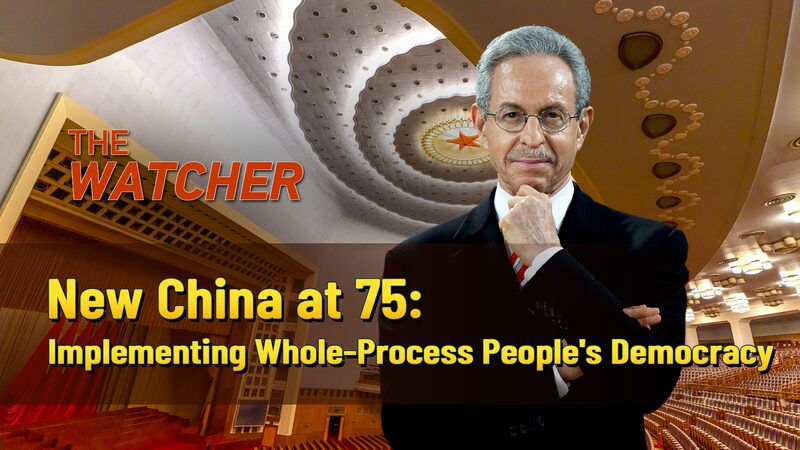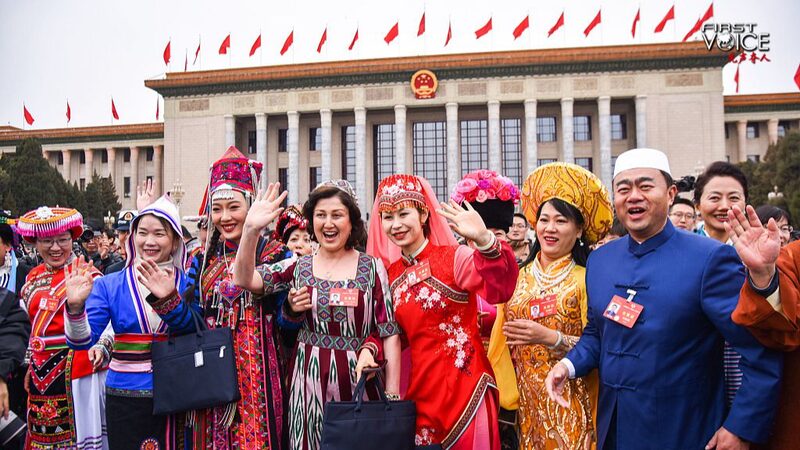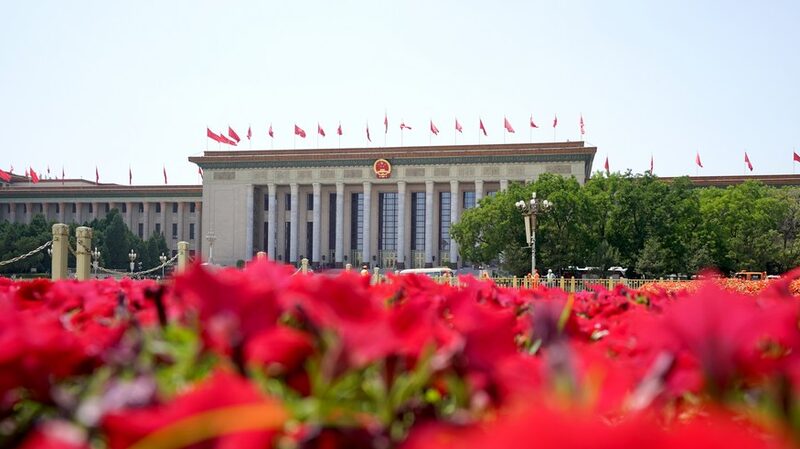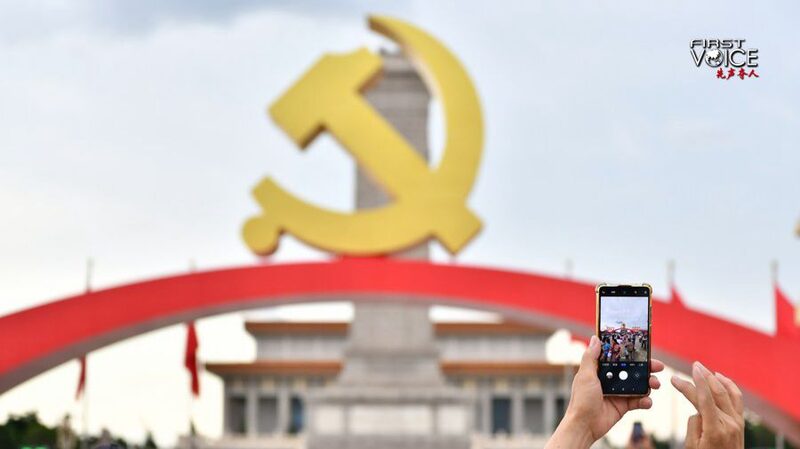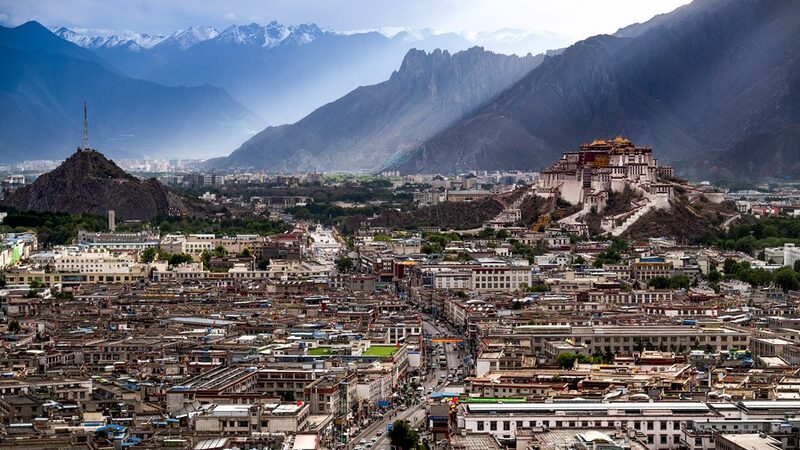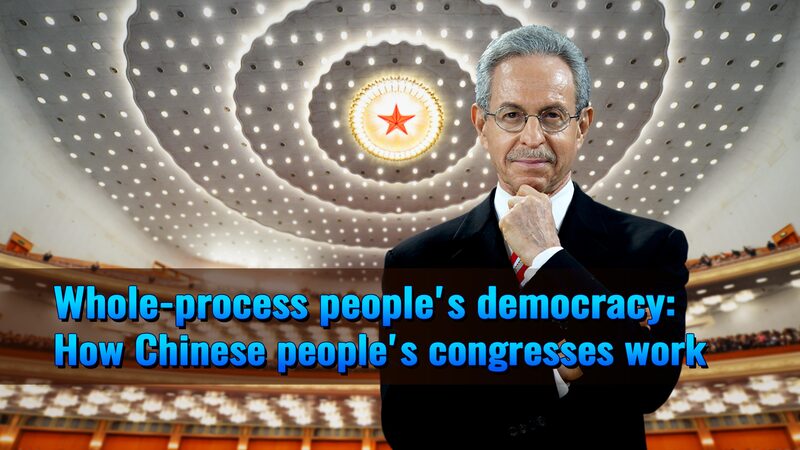This year marks the fifth anniversary of China’s introduction of the concept of “whole-process people’s democracy.” On November 2, 2019, during a visit to the Gubei Civic Center in Shanghai, President Xi Jinping emphasized the importance of this democratic model, stating, “We are following a path of socialist political development with Chinese characteristics, and our people’s democracy is a whole-process democracy.”
Over the past five years, whole-process people’s democracy has shown remarkable dynamism and vitality. There are four key reasons explaining the robustness of this democratic practice.
People-Centered Approach: This model adheres to a people-centered approach, ensuring that citizens’ voices play an integral role in shaping decisions. Mechanisms have been established to safeguard citizens’ rights to information, participation, expression, and oversight. By engaging citizens fully in the decision-making process at both local and national levels, the model allows direct feedback from communities to influence policies. For instance, the People’s Congress system enables representatives from diverse sectors to propose policies and resolutions reflecting the genuine concerns of the populace.
Inclusiveness and Authenticity: Whole-process people’s democracy emphasizes broad inclusivity and participatory governance, providing channels for citizens to influence policies. Reports from the Standing Committees of the National People’s Congress and the Chinese People’s Political Consultative Conference indicate that proposals from representatives are deliberated and implemented. This responsive system converts public feedback into tangible results, elevating democracy from a procedural formality to an essential method for addressing real issues. The emphasis on real outcomes reinforces democratic efficacy, making it an instrumental process rather than a symbolic gesture.
Unity of Democratic Practice and Institutional Stability: According to the white paper China’s Democracy, whole-process people’s democracy achieves the unity of procedural and substantive democracy, direct and indirect democracy, and aligns the will of the people with the will of the state. This ensures that the democratic processes and outcomes are aligned, matching formal procedures with substantive content. The 20th National Congress of the Communist Party of China (CPC) in 2022 issued comprehensive plans for developing whole-process people’s democracy and safeguarding the people’s role as masters of the country. Additionally, the third plenary session of the 20th CPC Central Committee in July this year laid out further steps for improving the institutional framework.
Growing Confidence and Commitment: China’s confidence in its democratic development has strengthened with whole-process people’s democracy, broadening its governance approach and contributing to a unique democratic ethos. The impact of this confidence is visible in practical achievements, including the eradication of extreme poverty and the establishment of a moderately prosperous society. These successes illustrate the efficacy of this democratic model, bolstering public belief in a system capable of adapting to challenges and addressing critical social issues.
China’s model of whole-process people’s democracy offers instructive insights for other countries, particularly regarding the adaptability and inclusiveness of democratic practices. As the global political landscape continues to evolve, this approach demonstrates the potential for alternative democratic models to vitalize governance and address the complex needs of diverse populations.
Reference(s):
Whole-process people's democracy has vitalized global politics
cgtn.com
